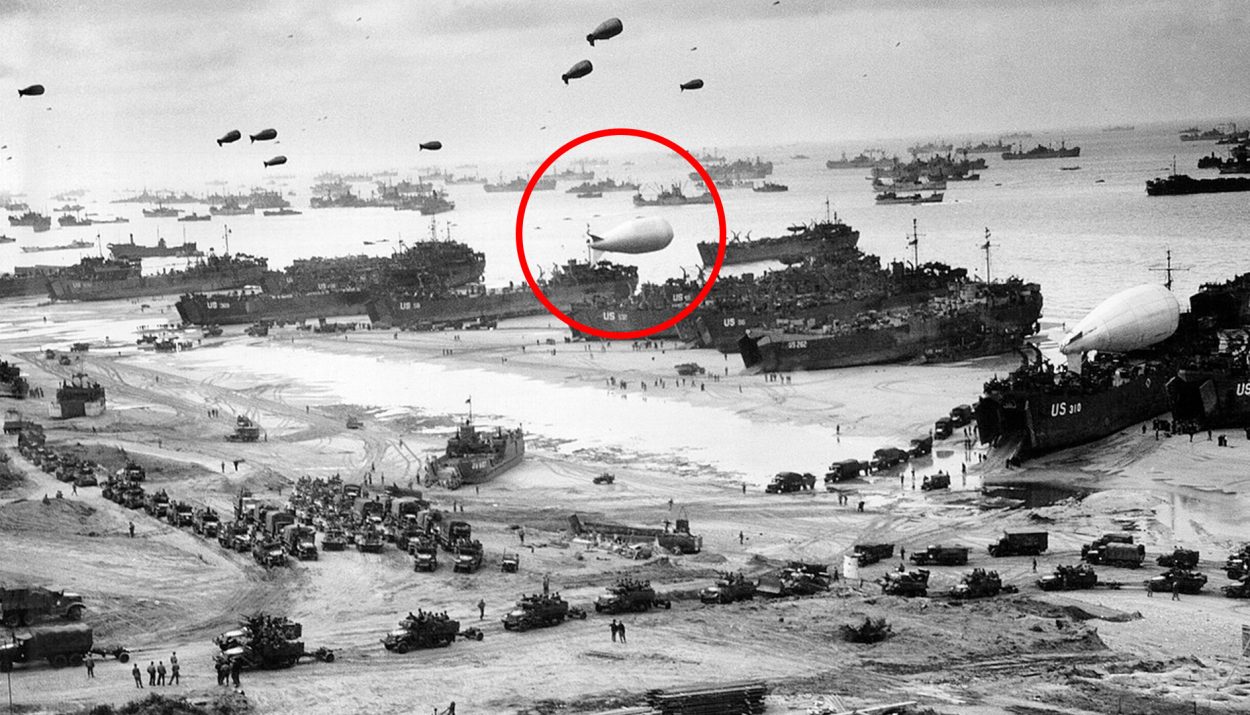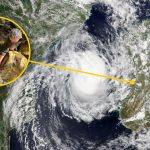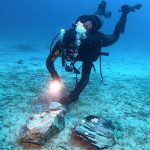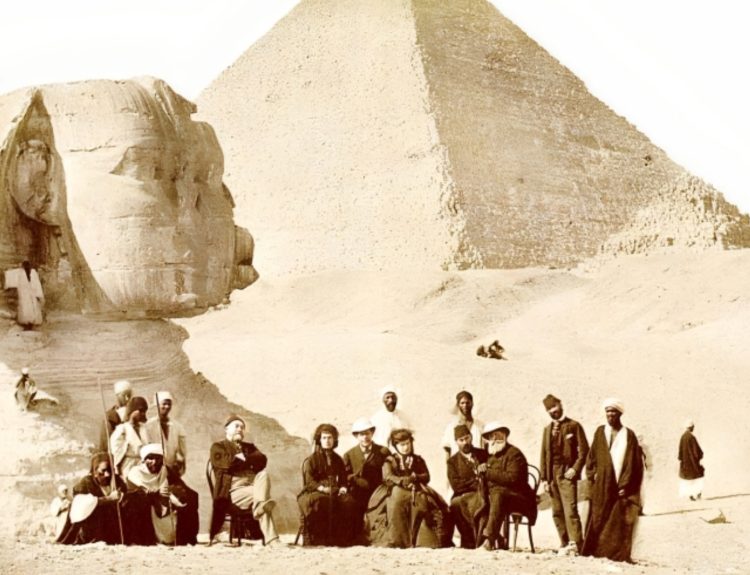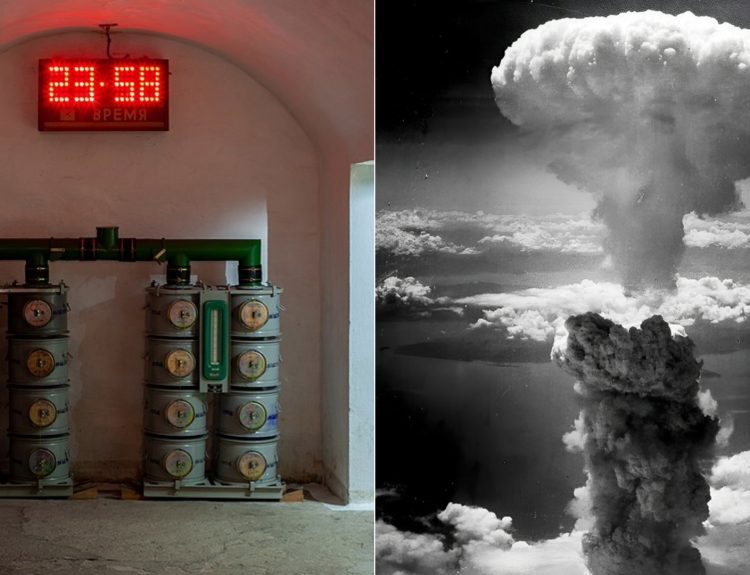Allied forces invaded the beaches of Normandy in northern France on June 6, 1944. The World War II battle, initially called Operation Overlord, soon acquired another name … D-Day. The massive surprise invasion – history’s largest amphibious invasion – was a pivotal turning point of the war.
History remembers the D-Day invasion as a tactical success for the Allies. Stories of the courage and sacrifice of the soldiers who fought on this deadly day are legendary. Although our history teachers made us memorize the date of D-Day, they may not have taught us these 13 facts about the invasion of Normandy.
1. The Name Is Rather Redundant
Operation Overlord, or the Invasion of Normandy, is more commonly called D-Day. But what does the “D” stand for? It is a misconception that the “D” stands for “designated.” What this initial really stands for will make you scratch your head.
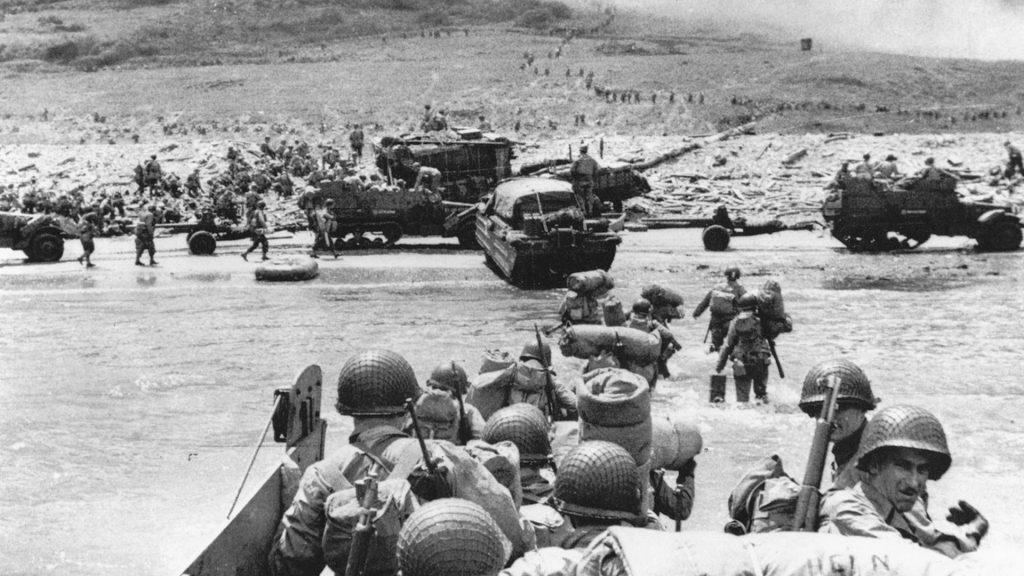
“D-Day” was a commonly used military phrase in the decades leading up to World War II. The letter “D” was used to designate the day that a military operation or campaign was supposed to start. So, in true military style, “D-Day” stands for “Day-Day.”
2. The Name Is Rather Redundant
D-Day aimed to liberate Western Europe from Nazi occupation. The invasion marked a critical turning point in World War II, but it wasn’t the last battle of the war. Certainly, this event contributed to the Allies’ victory, but there was still more war to be fought after June 6, 1944.
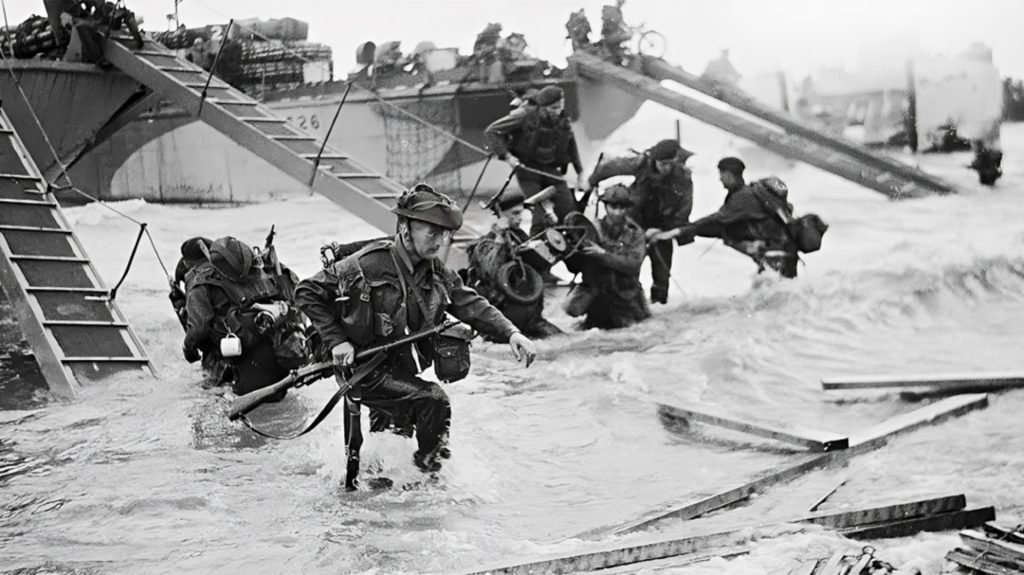
World War II ended with another initialed day … V-E Day. Short for “Victory in Europe Day,” V-E Day occurred on May 8, 1945, nearly eleven months after D-Day. Celebrations erupted across Europe and other parts of the world when the Germans surrendered to the Allies to bring the fighting in Europe to an official end.
3. D-Day Was a Group Effort
The Allied forces during World War II were made up predominantly of troops from Great Britain and the United States, but there were more nationalities represented on the beaches of Normandy than just Americans and Brits. Some former British colonies sent troops to aid the British military, so there were Canadians, Rhodesians, New Zealanders, and Australians in the invasion.
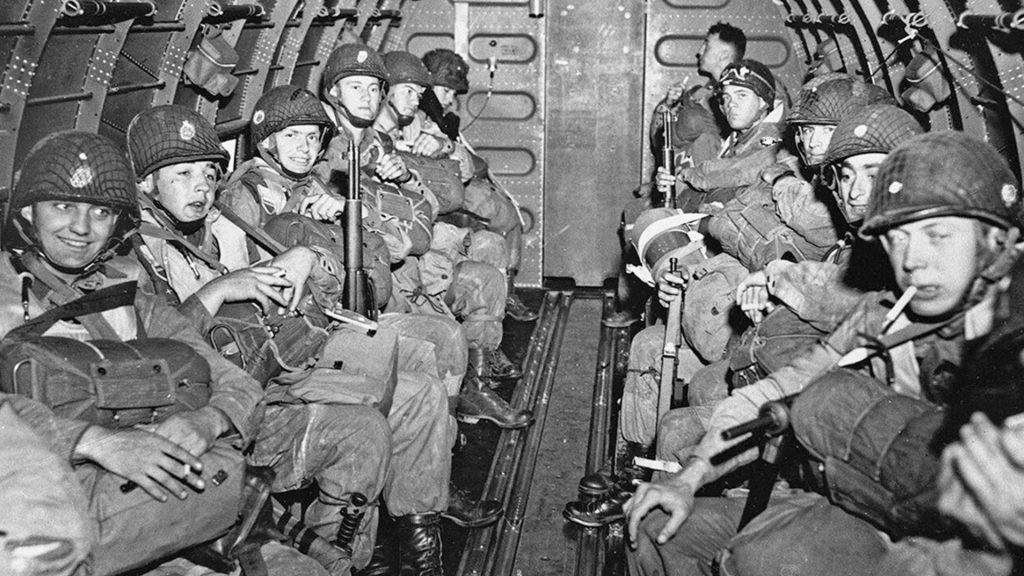
The purpose of Operation Overlord was to liberate France from the grips of Nazi Germany. French soldiers joined in the battle against the Germans. After all, they had a vested interest in the outcome. The same holds true for the soldiers from the Netherlands and Belgium who also tagged along. There were also Norwegians, Greeks, Poles, Czechs, and others.
4. The Average Age of the Allied Soldiers Was 26
Veterans like to remind the youth of today that teens of the 1940s were defending their country, not drinking overpriced lattes and watching TikTok videos. The image of the fresh-faced young soldier is a common one that probably started because the military allowed men to enlist at the age of 18. However, the draft focused on men between the ages of 21 and 35.

The average age of Allied soldiers participating in D-Day was 26. The youngest known soldier fighting for the Allies was 17-year-old Joseph Argenzio, Jr. of Virginia. Argenzio was just 16 years old when he lied to an Army recruiter that he was 18. He had just turned 17 when he was sent to the beaches of Normandy. He survived the battle.
5. D-Day Was Years in the Planning
British prime minister Winston Churchill worried that the Nazis would eventually spread across Europe. As early as October 1941, he had discussions with key members of his military, including Captain Lord Louis Mountbatten, about launching a land invasion into Europe. Churchill believed they would need boots on the ground to defeat Hitler.
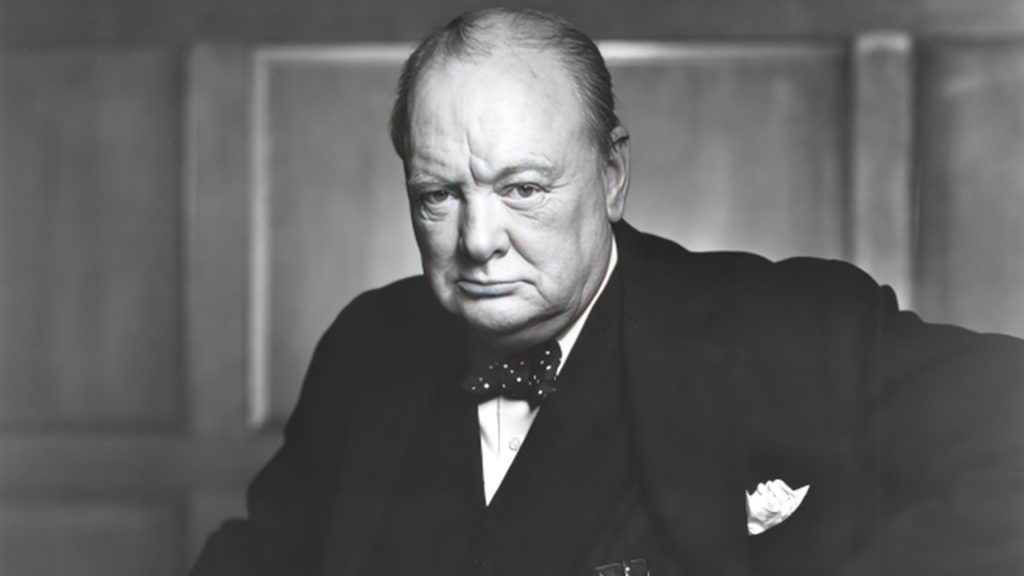
According to Churchill, “Unless we can go on land and fight Hitler and beat his forces on land, we shall never win this war.” Churchill and his military leaders began making plans for the invasion. By December 1943, they had looped the Americans into the planning.
6. Life Goes On
While more than 4,400 Allied troops died on D-Day, around the globe, new life was entering the world. One of them was professional football player and track and field superstar Tommie Smith, who was born on June 6, 1944, as his parents listened to radio news reports of the invasion.

When Tommie Smith was 24 years old, he represented the United States at the 1968 Summer Olympics in Mexico City. He won a gold medal for his record-breaking 200-meter sprint. He used his moment on the podium to protest racial injustice when he, and fellow athlete John Carlos, raised their fists in the air in a Black Power salute.
7. The Allies Tricked the Germans with Inflatable Tanks
Hitler and the German military saw the writing on the wall. They figured out that the Allies would probably launch a ground offensive … they just didn’t know where the invasion would land. The Allies tried to confuse the Germans with Operation Fortitude, a plan to trick the Germans into thinking the invasion would be somewhere else.

As part of Operation Fortitude, the Allies sent out some fake radio communications that they knew the Germans would intercept to make them think the invasion would be elsewhere. They also used giant, inflatable tanks placed in an alternative location to make the Germans think they got the jump on the Allies.
8. Hitler Built a Wall
Since the Nazis were certain that the Allied leaders would eventually invade Europe, Hitler ordered workers to build a wall as a defensive barrier. In fact, the Germans spend a considerable amount of time, money, and manpower on this audacious construction project.
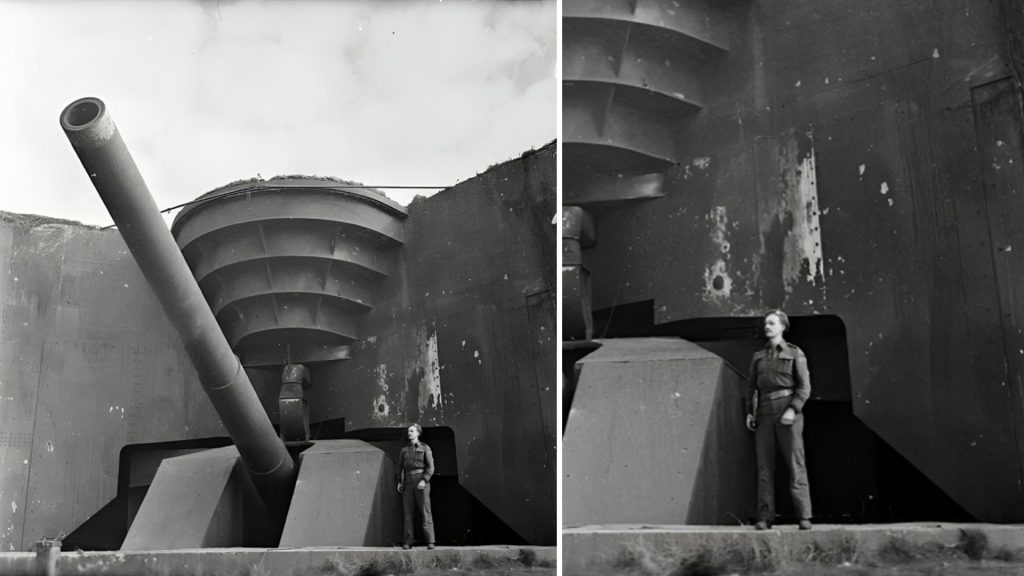
The plan for the Atlantic Wall was to erect this barrier along the coast from Norway in the north all the way to Spain in the south. Hitler’s work crew completed almost 1,700 miles of the planned 2,400-mile wall. Some parts of Hitler’s Wall are still standing today.
9. A Louisiana Boat Maker Made the D-Day Invasion Possible
Andrew Higgins, a former National Guard officer, was in the lumber business in his native Louisiana. He harvested lumber in the swampy lowlands of the Louisiana bayou. To make his job easier, he designed and built a specially adapted boat which he perfected over the years. Called the Higgins Boat, these vessels were so specialized that there was really no market for Higgins to sell them.
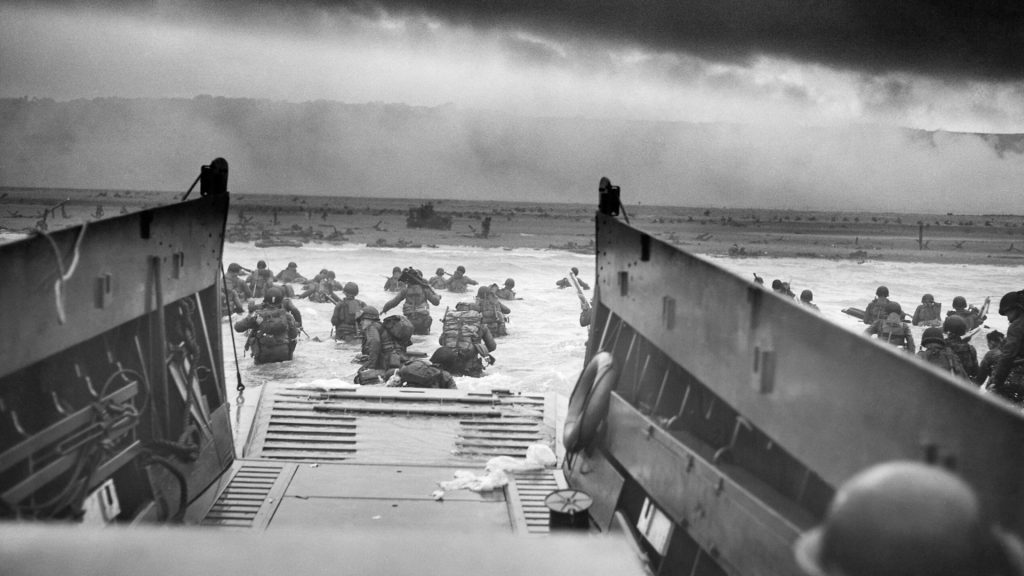
That is, until the Allied forces began planning the D-Day invasion. They needed boats that would allow them to unload a weighty cargo on the beaches. They needed the Higgins Boats. The U.S. government submitted a purchase order for 20,000 Higgins Boats from Andrew Higgins which they outfitted for the invasion.
10. Yogi Berra Fought at D’Day
Yogi Berra, the iconic New York Yankees catcher, was known as Seaman Second Class Lawrence Peter Berra on June 6, 1944. The 19-year-old from St. Louis was a gunner’s mate on Utah Beach on D-Day before he became a major league baseball player.
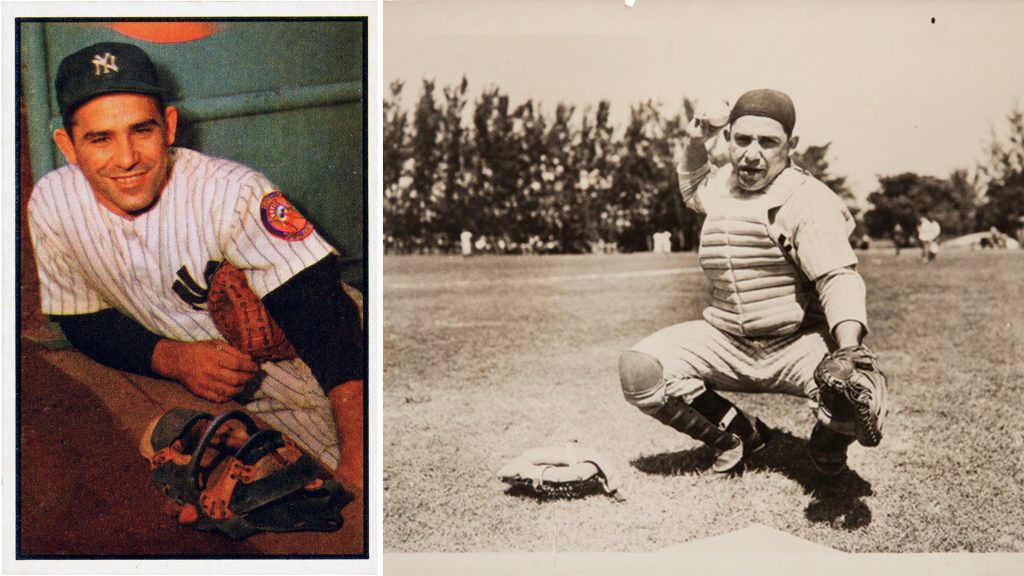
Berra, known for his witty one-liners and malapropisms called “Yogi-isms, recalled that D-Day “looked like the fireworks on the 4th of July.” That quote isn’t as head-scratching as some of his other Yogi-isms, like “When you come to a fork in the road, take it,” “It’s deja vu all over again,” “Nobody goes there anymore. It’s too crowded,” and “Always go to other people’s funerals; otherwise they won’t come to yours.”
11. The Brits Had an Unfortunate Acronym for D-Day
During the planning stages of the D’Day invasion, the plans were called “British Invasion of German Occupied Territory.” But since the military, even the British military, likes to turn everything into acronyms, the top-secret plans were classified as “BIGOT.” The unfortunately named campaign carried the highest classification rating.
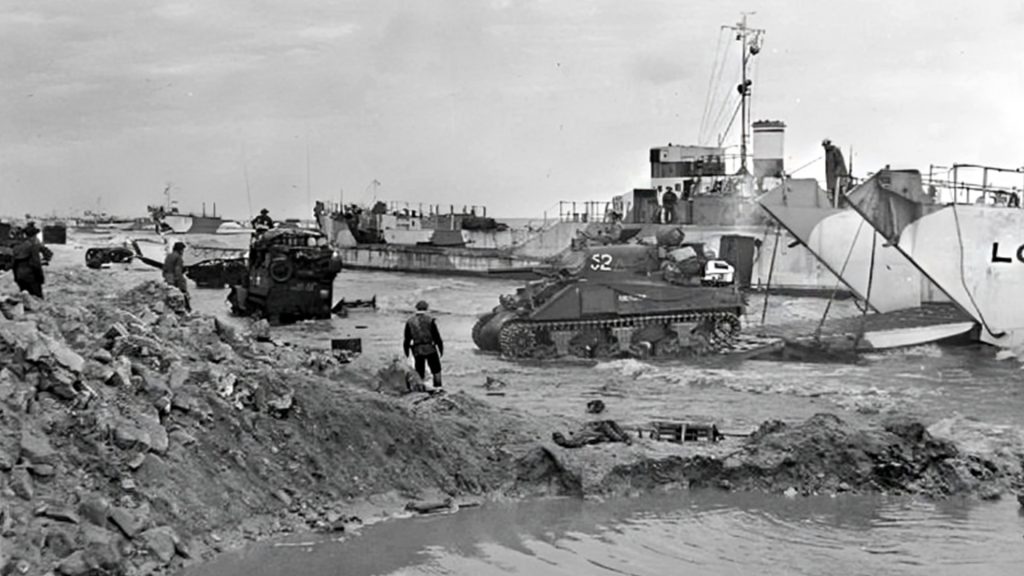
That meant that only high-ranking, super-trustworthy military leaders could participate in BIGOT meetings and planning sessions. Apparently, none of them thought to suggest a name change. Perhaps it was because they were busy dealing with all the logistics and details that needed to be worked out.
12. The Nazis Had Crossed Normandy Off Their List
When the Nazis were trying to figure out where the Allies would come ashore on the European continent, they took a look at the entire coastline. Their first step was to cross off the least likely places for an invasion. Normandy was one of the first places they crossed off.
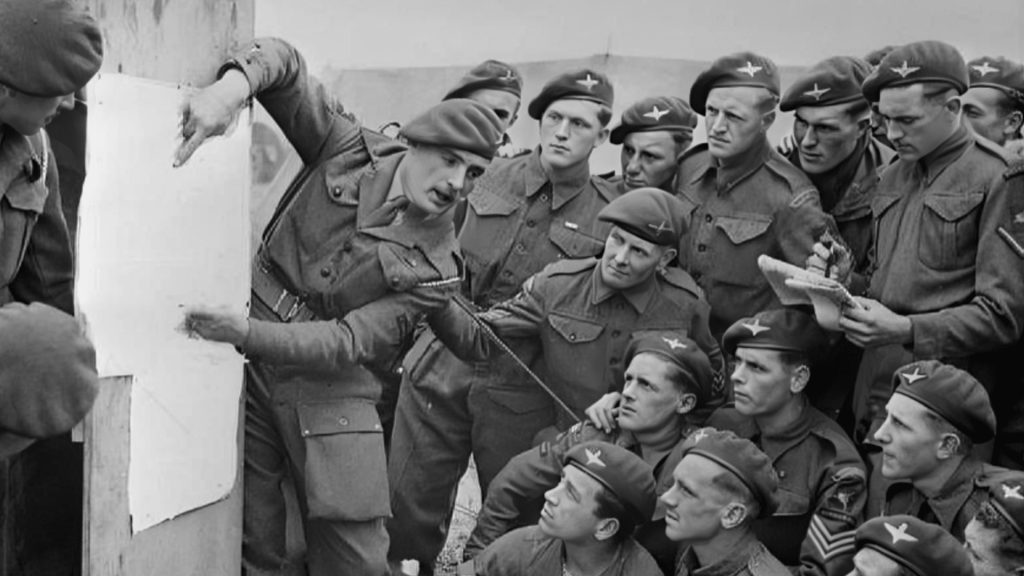
The somewhat inaccessible beaches of Normandy are outlined by rocky outcroppings. These would be good fortifications for the Nazis. The Germans would be protected by the rocks and the Allied soldiers would be exposed and vulnerable on the beach. And Normandy was further away … a longer voyage across the English Channel.
13. Anne Frank Heard the News of the D-Day Invasion, Even in Hiding
Anne Frank was in hiding with her family in a secret attic in Amsterdam when the D-Day invasion took place. Like many Jewish people, the Frank family had gone into hiding, hoping to avoid being rounded up and sent to German concentration camps. Thanks to reports on BBC radio, Anne Frank and her family received word of the D-Day invasion.

In her now-famous diary, Anne wrote, “Is this really the beginning of the long-awaited liberation? … Will this year, 1944, bring us victory?” Sadly, two months after D-Day, the Nazis discovered the Frank family’s hiding place. Anne died in a concentration camp in 1945.

